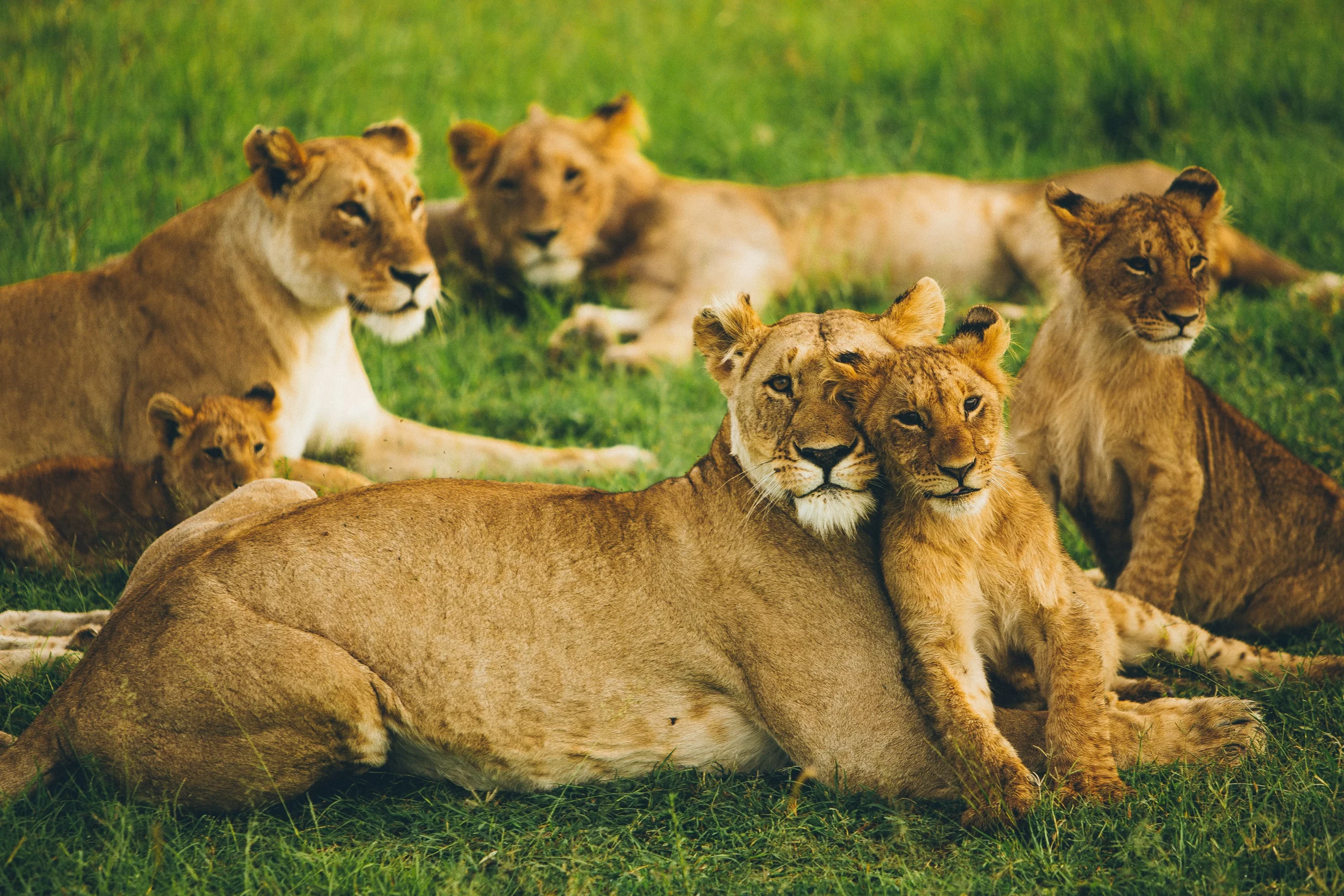
Masai Mara Tourism, Facts, History & Guide
Established as a wildlife sanctuary back in 1961 during Kenya’s colonial era, the Masai Mara National Reserve has since expanded to encompass more areas vital for wildlife, serving as essential corridors for animals migrating between the Serengeti and the Mara. The Narok and Trans Mara county councils were entrusted with the management of the reserve’s eastern and western sections, respectively, with the western section famously known as the Mara Triangle. Today, the reserve is celebrated globally as a premier wildlife conservation area, particularly renowned for hosting the iconic wildebeest migration.
Why Visit Masai Mara
Imagine a place where the wild animals roam freely across vast, breathtaking landscapes under a sky that seems to stretch endlessly. Welcome to the Masai Mara, a destination that not only captivates with its natural beauty but also offers a superb climate all year round. Whether you’re seeking the luxury of exclusive tented camps or the adventure of budget camping, the Masai Mara National Reserve provides a range of accommodations to suit every traveler’s taste.
What truly sets this wildlife haven apart is the annual spectacle of the wildebeest migration. Each year, over a million wild animals make their epic journey from the Serengeti in Tanzania to the Masai Mara, a phenomenon that draws thousands of visitors eager to witness this incredible event. Discover more about tailor-made Masai Mara safari packages and why it deserves a spot on your travel itinerary.
Ecosystem and Geography
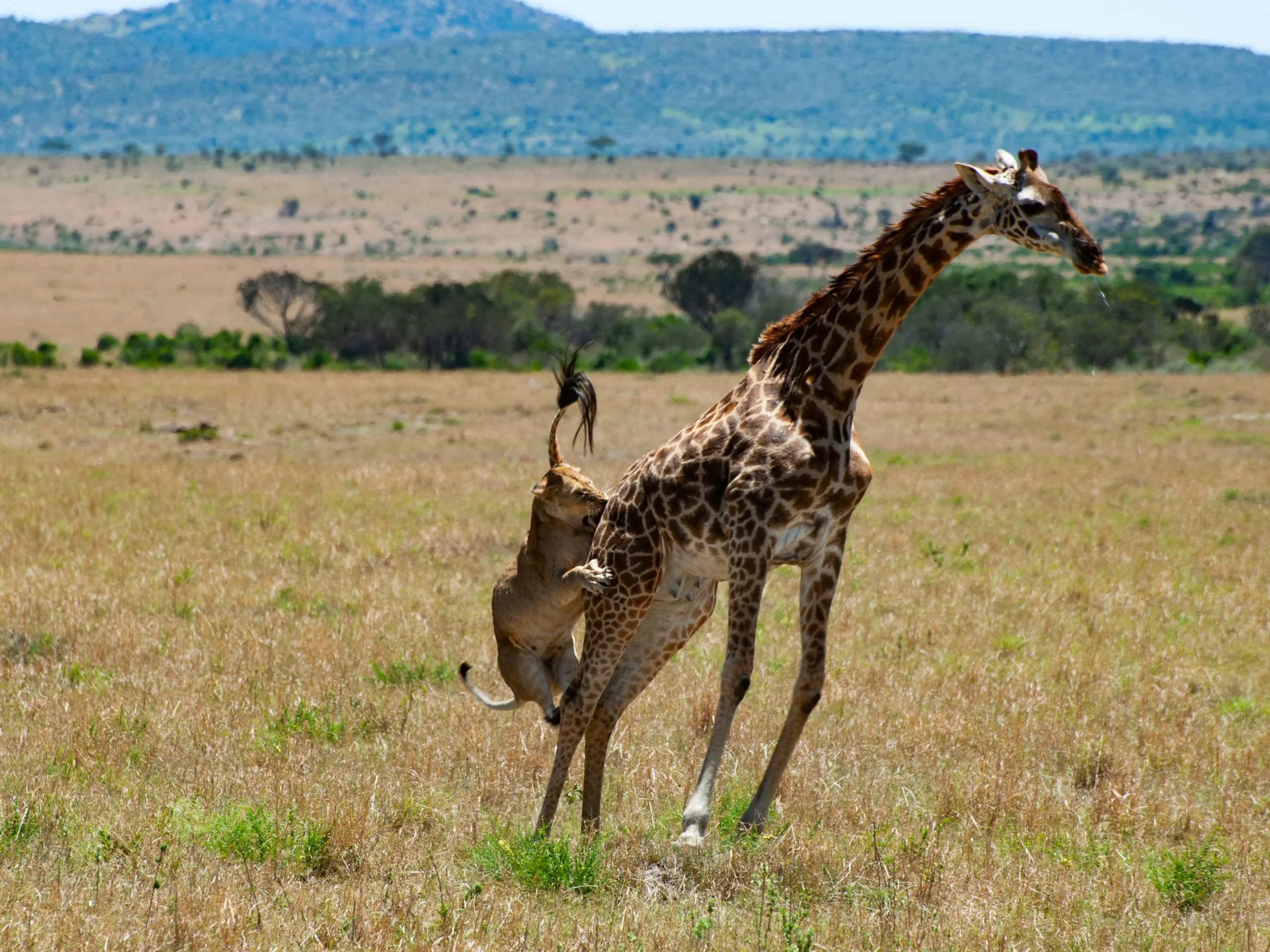
The Maasai Mara National Reserve, nestled in the southwest region of Kenya, spans approximately 1,510 square kilometers, or about 580 square miles. This incredible reserve is a vital part of the expansive Masai Mara ecosystem, which seamlessly connects with the Serengeti National Park across the border in northern Tanzania. The Serengeti is a more extensive area, covering around 25,000 square kilometers, or 9,700 square miles. To the south, the Serengeti meets the Masai Mara, while the western boundary is defined by the striking Siria Escarpment. To the north and east, the reserve is characterized by vast savannah grasslands.
The Masai Mara experiences Kenya’s typical two rainy seasons, with brief but refreshing showers occurring from April to May and again from September to November, often followed by hours of sunshine. The landscape here is a picturesque tapestry of open grasslands and rolling hills, with the Mara River, known for its dramatic river crossings during the great migration, flowing year-round alongside seasonal streams.
Here are some key climatic and geographical highlights of the Masai Mara:
🌄 Altitude: Ranges from approximately 1,480 to 2,280 meters (4,900 to 7,200 feet), offering diverse elevations that create unique habitats within the reserve.
🌧️ Rainfall: Receives about 85 mm (3.4 inches) of rain each month, contributing to the lush landscapes and thriving wildlife ecosystem.
🌡️ Temperature: Varies between 12°C to 31°C (54°F to 87°F), providing a comfortable climate for both wildlife and visitors year-round.
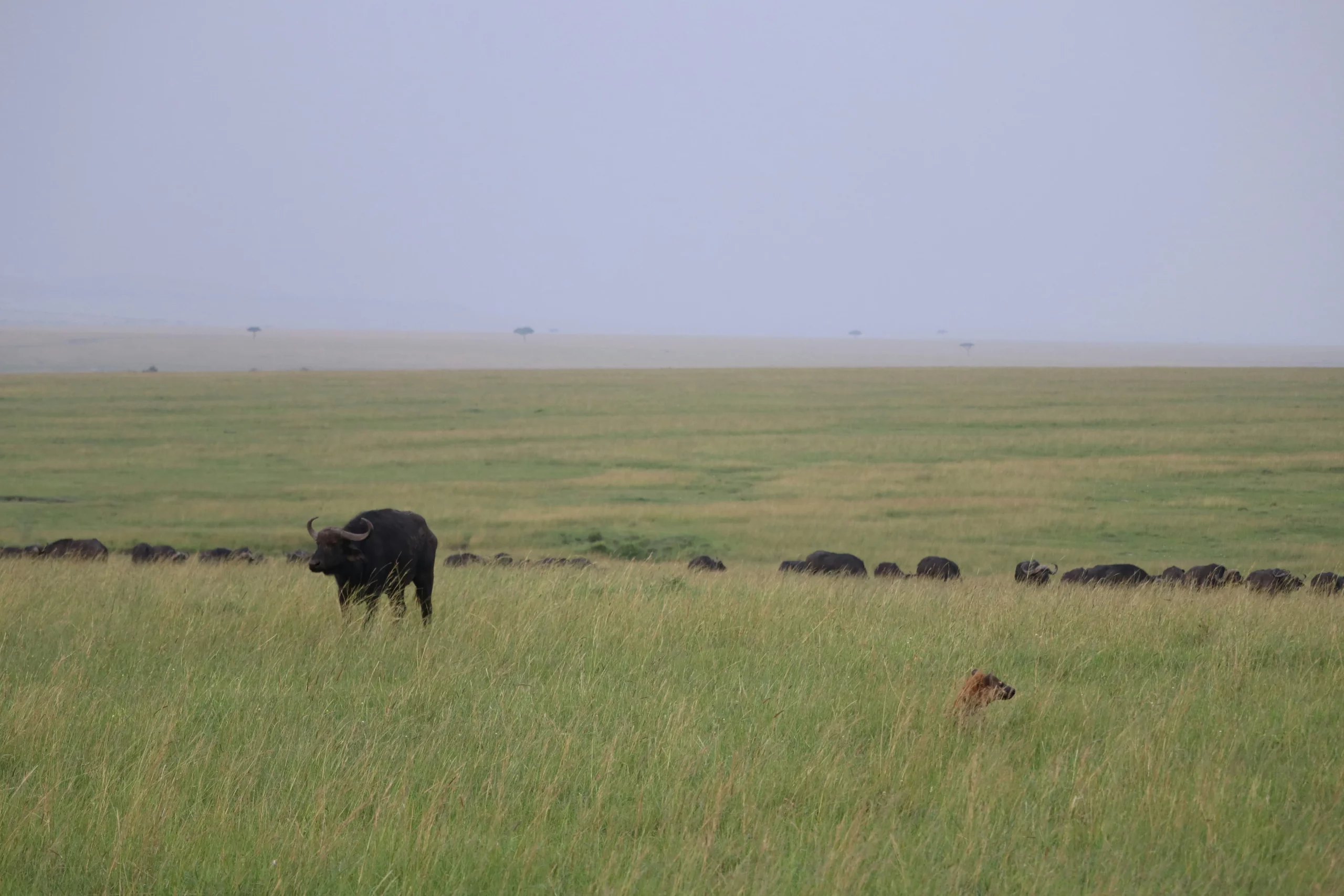
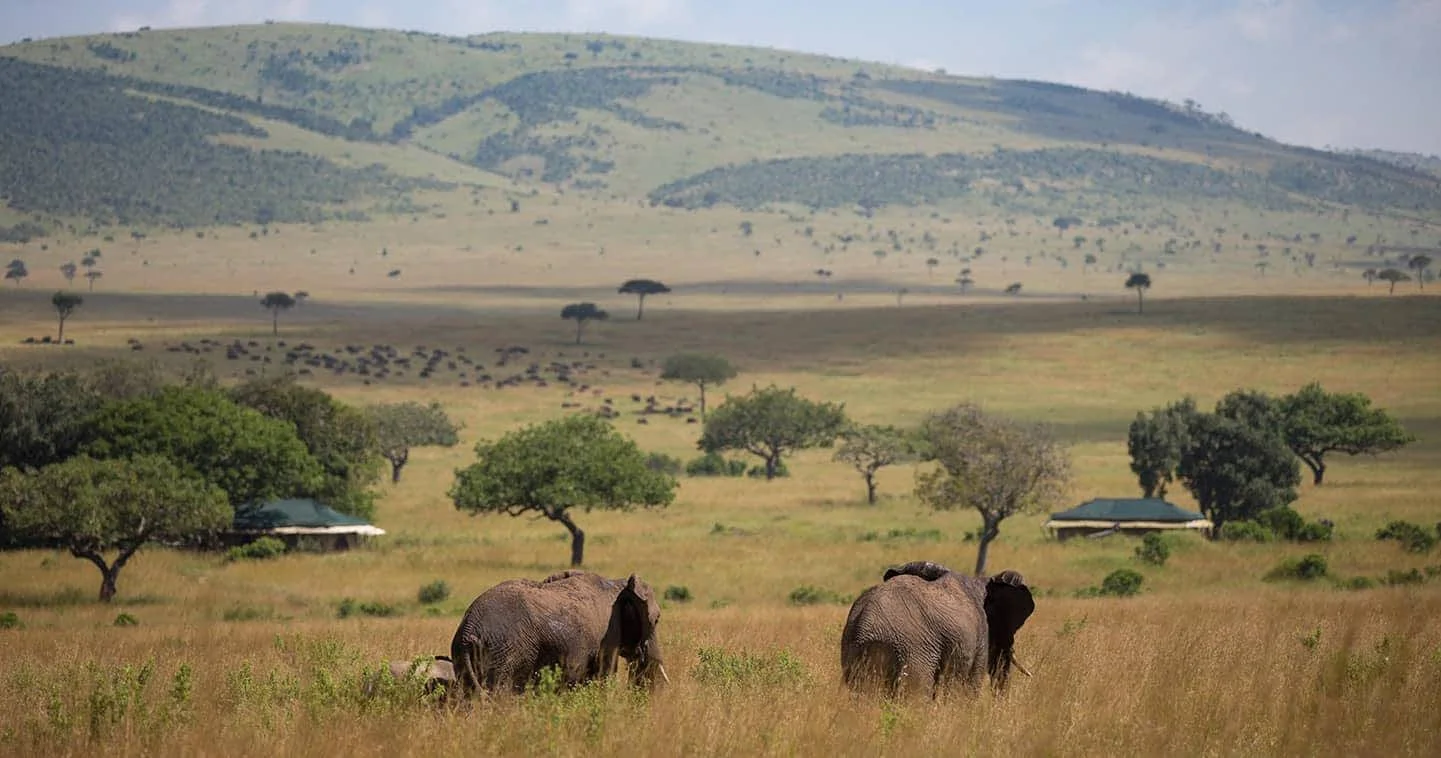
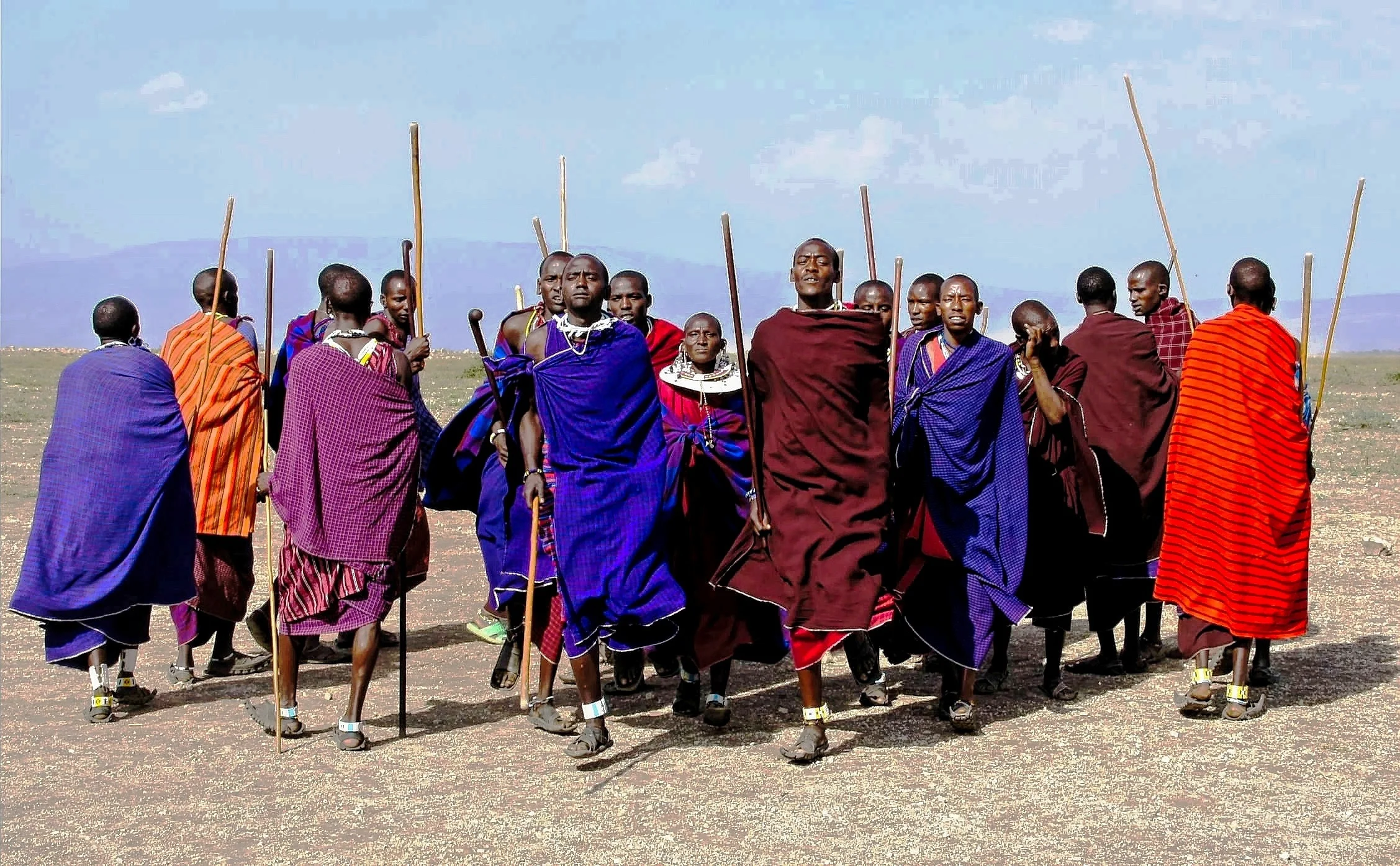
The Maasai Community
Considered one of the most iconic tribes in Africa, the Maasai are renowned for their vibrant culture and nomadic lifestyle. These pastoralists have traditionally thrived by herding cattle, a practice deeply rooted in their heritage. Originally part of a Nilotic ethnic group, the Maasai are believed to have migrated centuries ago from the semi-arid Nile Valley, north of Lake Turkana. Today, they inhabit the areas surrounding the Masai Mara as well as significant portions of the Great Rift Valley. Their distinct culture is reflected in their traditional attire, often consisting of red or brightly colored “shukas” or body drapes, which have become synonymous with their identity.
Wildlife
While wildebeest may steal the spotlight as the most populous mammals in the Masai Mara, the reserve boasts a vibrant and diverse wildlife ecosystem. On a single game drive, you might encounter not only the legendary Big Five—lion, leopard, elephant, buffalo, and rhino—but also marvel at the Big Nine, which includes the elusive cheetah. Bird enthusiasts will be delighted by the over 450 bird species that call the Masai Mara ecosystem home.
Check this incredible7 Day Kenya Wildlife Safari, including Masai Mara.
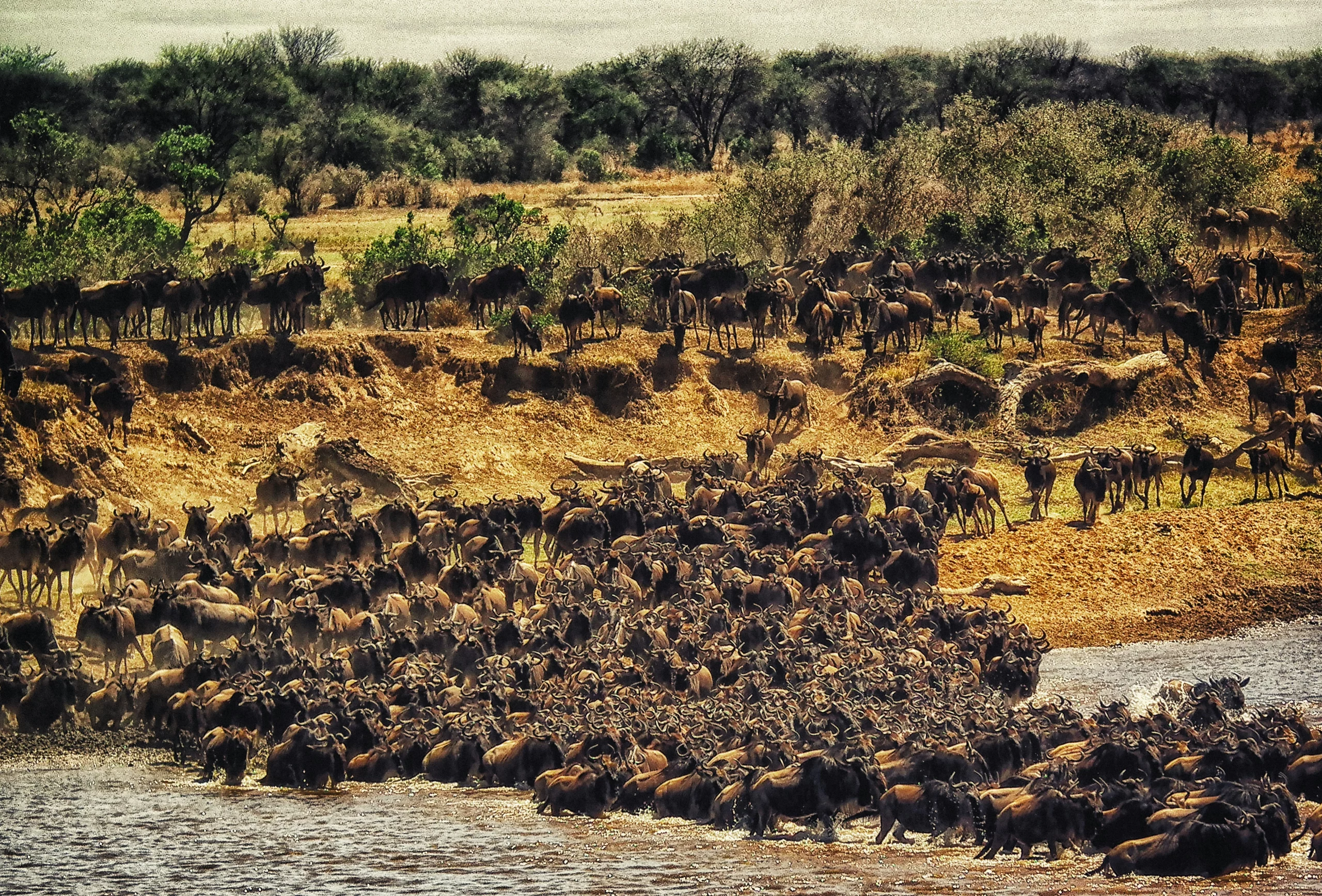
Wildebeest Migration
Witnessing the wildebeest migration is like watching one of nature’s greatest spectacles unfold before your eyes. This awe-inspiring event involves the mass movement of over a million animals, including wildebeest, antelope, zebras, and the Big Cats like lions, as they journey from the Serengeti into the Masai Mara. This migration is a continuous, year-round, clockwise journey that spans the Serengeti in Tanzania and the Masai Mara in Kenya. It’s driven by various factors such as weather conditions, the search for fresh pasture, and the cycles of mating and birthing.
For a deeper dive into this incredible phenomenon, check out our detailed packages on the Wildebeest Migration
Plan Your Visit
Embarking on a Masai Mara safari, or any Kenya safari, can be a daunting task for travelers due to the myriad of choices and options available both online and through traditional travel agencies. To help simplify your journey planning, let us help you start crafting an unforgettable safari experience in Kenya or across Africa.
